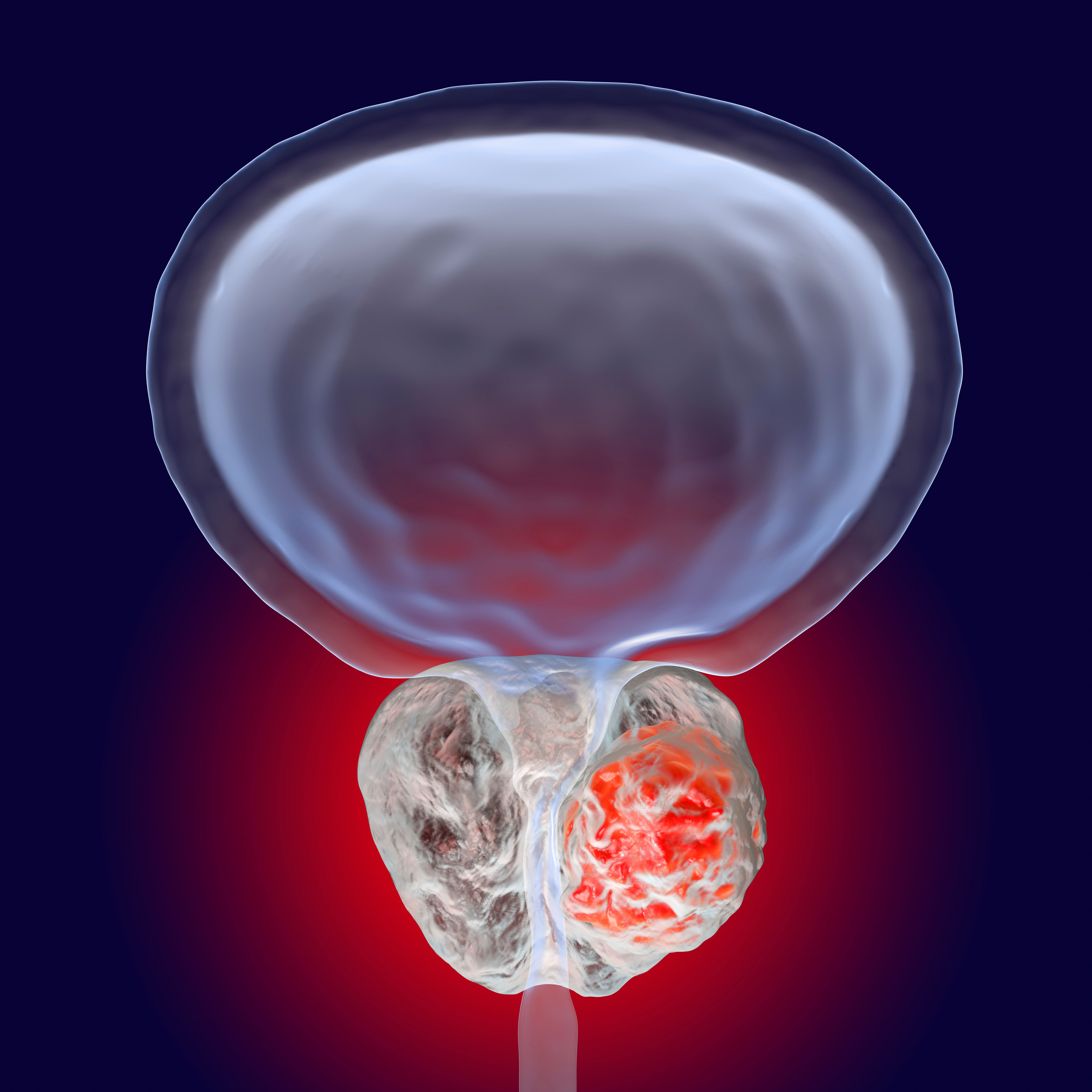Lessons from KEYNOTE-921 in Metastatic Castration Resistant Prostate Cancer
Daniel P. Petrylak, MD, highlights data from the phase 3 KEYNOTE-921 of pembrolizumab in combination with docetaxel for the treatment of patients with metastatic castration-resistant prostate cancer.
Daniel P. Petrylak, MD

Clinical trials around the world continue to evaluate and bring promising new treatments to patients with various types of genitourinary cancers. However, not all are positive, according to Daniel P. Petrylak, including the phase 3 KEYNOTE-921 study (NCT03834506).
“Simply straight combinations of immunotherapy with chemotherapy, at least for now, probably will not move forward. We need to further understand the immune system for developing better treatments for prostate cancer,” said Petrylak, professor of medicine and urology at Yale School of Medicine, and co-leader, Cancer Signaling Networks, Yale Cancer Center, in an interview with Targeted OncologyTM.
Safety and Efficacy in KEYNOTE-921
Prostate cancer © Dr_Microbe [stock.adobe.com]

In the randomized, double-blind, phase 3 KEYNOTE-921 study, the efficacy and safety of pembrolizumab plus docetaxel vs placebo plus docetaxel was evaluated in patients with metastatic castration-resistant prostate cancer (mCRPC) who had received prior next-generation hormonal agent therapy.1
“The background of this study was the fact that there was a phase 2 trial that was performed, combining pembrolizumab with docetaxel, and it showed a median survival of about 19 months. In the past, when patients received abiraterone as frontline therapy, and then received docetaxel afterwards, the median survival was about 13 months. The thought was that this was an improvement over the median survival that had been previously reported since all these patients had received 1 prior novel hormonal agent,” said Petrylak.
“In the trial, we saw no difference in the overall survival or progression-free survival, radiographic progression-free survival, for patients treated with the combination. Unfortunately, pembrolizumab does not change the standard of care as a combination therapy with docetaxel,” he added.
Among the 1030 patients randomized to receive pembrolizumab with docetaxel (n = 515) or placebo with docetaxel (n = 515), radiographic progression-free survival (rPFS), one of the primary end points of the study, was a median of 8.6 months with pembrolizumab and docetaxel vs 8.3 months with placebo and docetaxel (HR, 0.85; 95% CI 0.71-1.01; P =.0335). For the other primary end point of overall survival (OS), the group who received pembrolizumab had a median OS of 19.6 months vs 19.0 months with placebo (HR, 0.92; 95% CI 0.78-1.09; P =.1677).
These findings showed that the addition of pembrolizumab to docetaxel for patients with mCRPC did not significantly improve rPFS or OS and serve as an important reminder that metastatic disease remains difficult to treat. More research is warranted in this space, according to Petrylak.
“Simply straight combinations of immunotherapy with chemotherapy, at least for now, probably will not move forward. We need to further understand the immune system for developing better treatments for prostate cancer,” explained Petrylak.
In addition, results showed that median time to first subsequent therapy with pembrolizumab plus docetaxel was 10.7 months versus 10.4 months with the control (HR, 0.86, 95% CI 0.74−1.01).
Safety findings 2 treatment-related deaths among patients treated with pembrolizumab plus docetaxel compared with 7 in the control arm. Moreover, immune-mediated adverse events (AEs) occurred in 23.3% of patients treated with the experimental combination compared with 12.3% of those treated with placebo plus docetaxel, and these immune-mediated AEs were grade 3 or higher in 6.2% vs 1.2%, respectively. Overall, the addition of pembrolizumab to docetaxel did not lead to a significant increase in treatment-related AEs, according to Petrylak et al.
Looking Ahead
Multiple advances in the mCRPC space are expected soon. Mainly, more research is underway to better understand existing molecular biomarkers, and how they determine a patient’s ability to respond to therapy.
“We need to interrogate the tissue from the study because 1 of the prerequisites for study was tissue biopsy. Tissue could be used for further examination. We need to look at the molecular markers that are involved in perhaps those patients who are responding. We do know that pembrolizumab has activity and microsatellite unstable metastatic prostate cancer, and there are some reported cases of patients who do not have any specific genetic abnormality who respond to pembrolizumab. We need to understand why the response rate to pembrolizumab as a simulation is about 10%. In terms of the combination, probably no further work will be done. But again, I think it's important to interrogate the molecular markers to understand why certain patients do respond,” Petrylak explained.
In the future, there is also a chance that PD-L1 inhibitors like pembrolizumab will be moved up in sequencing. The best therapeutic line for these agents remains an unanswered question in the mCRPC paradigm
“We're seeing a shift in where these drugs are moving. We're seeing the move to the earlier setting, particularly since these drugs do have activity in visceral disease, particularly liver metastases. These drugs are moving earlier, not only to the frontline setting, but to the neoadjuvant setting as well. We're seeing that there's going to be a shift in how these drugs are used,” said Petrylak.
REFERENCE
Pembrolizumab plus docetaxel for patients with metastatic castration-resistant prostate cancer (mCRPC): Randomized, double-blind, phase 3 KEYNOTE-921 study. J Clin Oncol. 2023;41(6)19-19 doi: 10.1200/JCO.2023.41.6_suppl.19